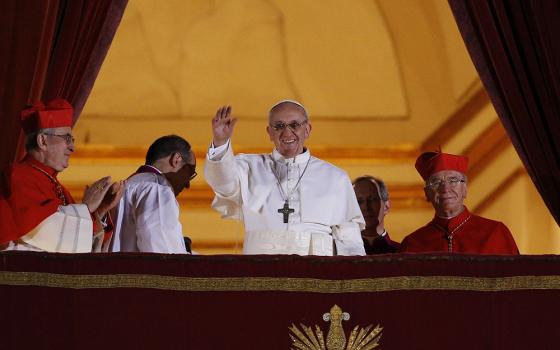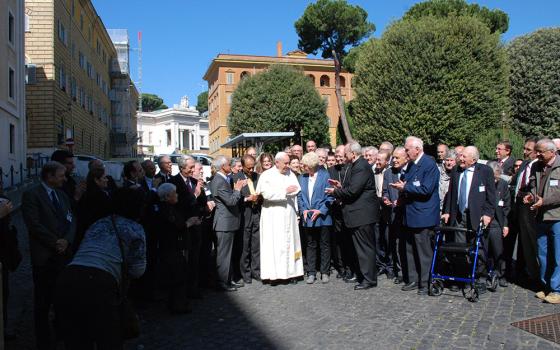Citing strong economic growth and a mending economy, the Federal Reserve voted to raise interest rates last week for the first time since the start of the recession, but various data points show that growth does not benefit all segments of society.
The decision to raise short term interest rates from a range of 0% to 0.25% to a range of 0.25% to to 0.5% was spurred along by a November jobs report showing that the U.S. economy added 271,000 jobs in October, dropping the jobless rate to 5.0 percent -- a level many economists see as representative of “full employment.” Growth in GDP also played a role.
But recent numbers from the Census Bureau paint a less rosy picture.
In parts of the country like Michigan and Wisconsin, where unemployment rates are on par with the national average, Census numbers show that poverty rates are soaring and median income is declining, despite the economic rebound.
Three out of four Michigan cities and villages saw median income decline over the past five years.
In Wisconsin, median household income dropped in two-thirds of the state's counties from 2009 to 2014.
“The people who got hurt were the people who could walk out of high school and earn a middle-class living,” University of Wisconsin-Madison economics professor Tim Smeeding told the Milwaukee-Wisconsin Journal Sentinel. “Now, all that’s disappeared.”
This narrative mirrors national trends.
According to the Census Bureau, “a comparison of real median household income over the past seven years shows that income is 6.5 percent lower than in 2007, the year before the nation entered the most recent economic recession.”
Additionally, Census poverty rate estimates for all 3,141 American counties show that, “26 percent (820 counties) had a statistically significant increase in poverty between 2007 (the year before the most recent recession) and 2014. Only 1 percent of counties had a statistically significant decrease in poverty during that period.”
Further illustrating the disconnect, a recent analysis from Stateline.org, a project of the Pew Charitable Trusts, asserts: “Economic growth outpaced any gains in median household income in every state from 2000 to 2013.”
Dean Baker, co-director of the Center for Economic and Policy Research, attributed the disconnect, in part, to the “hole” we fell into in 2008.
“It is really, really deep,” he said. “What’s going on with median income? What’s going on with wages? Well, they’re not picking up much and the reason for that is that the labor market is still pretty slack."
“We look at things like the percentage of the workforce that is working part time that would like a full time job, and that looks more like a recession than a strong labor market,” Baker said. “When someone loses their job, how long does it take them to get a new one? Those duration measures are very high. Again, they look more like a recession.”
At the grass-roots level, interfaith organizers witness these disparities first hand.
Looking at new federal data, Cincinnati has the fastest growing economy in the Midwest, said Rev. Troy Jackson, executive director at the AMOS Project, a federation of congregations in Greater Cincinnati devoted to social justice. “But we also have one of the two or three highest childhood poverty rates in the country,” he said.
“To me, that’s an indicator of the disconnect between the relative health on Wall Street and the relative health in certain segments of the economy, versus the despair and underemployment of a great many people,” Troy said.
Isabel Lopez, lead organizer for Brockton Interfaith Community, in Massachusetts, said, “I don’t know who exactly is benefiting from all of this” activity taking place at the level of the Fed.
Lopez, who is Catholic, called Brockton a “gateway city where [prison] recidivism is about 60 percent,” and firearm homicide rates are high.
“We’ve had listening sessions with focus groups in the community, and what we have heard regarding the shootings and the violence in the community is that it’s related to the homelessness, addition and unemployment that exists here,” she said. “The rate of unemployment in Brockton is one of the highest in the whole state.”
Asked if there were other downward spiraling communities in Massachusetts, Lopez said, “Of course, of course…Springfield, Lynn, Lowell, Worcester.”
Baker said it remains to be seen where the interest rate hike will lead.
“You know, a quarter point is not a big deal,” he said. “The big question is, are we going to see another quarter point? It’s all uncertain.”
Many voting members in the Fed have been asking for more, he said, even if the sense of precarity that many average Americans face persists.
“One of the reasons the Fed made this rate increase is because they wanted a return to normality,” he said, “and the point of raising rates is to slow down the economy, to keep us from creating too many jobs. But if you do that at a point at which we haven’t made up the ground we lost after the downturn, you’re locking that situation in.”
The Fed is a “very undemocratic body,” Baker said. Some members are presidentially appointed. Others come from the world of banking, and, “the overwhelming push [for more rate hikes] is coming from the bank presidents.”
“Whether or not they represent the banks, you can argue,” he said. "But basically they’re appointed by a process controlled by the banks, and I think that creates a very, very serious problem, because the interest of the banks don’t necessarily coincide with the interest of the larger public.”
[Vinnie Rotondaro is NCR national correspondent. His email address is vrotondaro@ncronline.org.]



